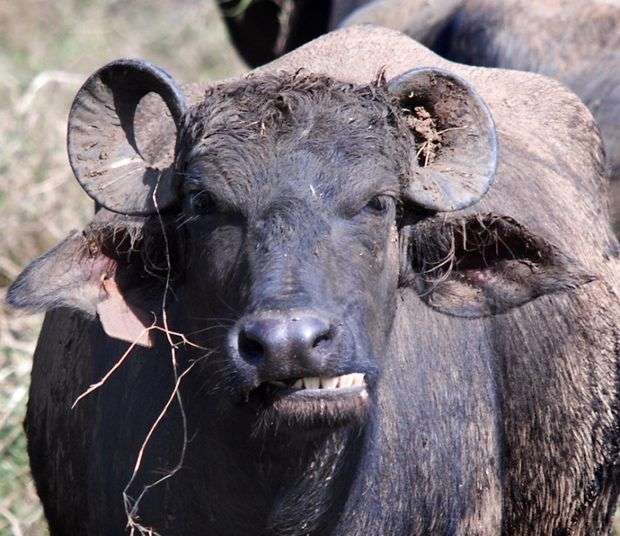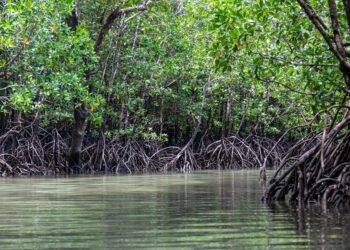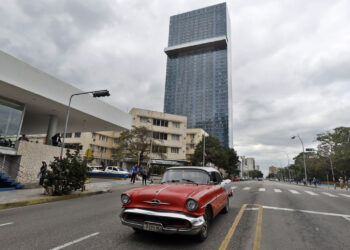Eulogio tells us that at the beginning people thought he was crazy. He even received subtle disrespect when announcing the project. Who would want to work with an animal so brave and also virtually unknown in Cuba? But the situation warranted taking risks, not just luck, also men and horses to carry out an impossible catch. Thus began the story between a declining company and 240 head of buffalo that made it be reborn.
In the young province of Mayabeque lies the El Cangre Buffalo Cattle Company. Eleven years ago he received in nine of his milking areas the first buffaloes that determined that today he works 100 percent with this type of animal. Eulogio Padrón, Director of Technical and Development and President of the Buffalo Society of the province, still remembers the first steps towards the replacement of cattle.
In 1983 the first buffalo entered the country, brought from Trinidad and Tobago, then from Australia. The specimens were received in the Los Naranjos livestock enterprise, in the former province of Havana, now Artemisa. There he conducted studies and came to experience the mixing of species. The amount of them gradually grew and was redistributed in some parts of the island but still cows give milk and meat, and buffalo came to withstand some. These ruminant behemoths ended in southern areas of the archipelago barely checked, mainly in Pinar del Rio, Cienfuegos, Ciego de Avila and Camagüey provinces.
But with the arrival of the Special Period, almost by necessity, the buffalo stopped being underestimated, especially when cattle rising entered a deep crisis and found that this animal could alleviate the situation. After more than fifteen years the strategy was revived, but like anything new resistance to change from many hindered the start. El Cangre is an example and a Eulogio a witness of the pitched battle that broke out between the company management and staff belonging to it.
“This was a completely destroyed company, with entities with no animals at all, impoverished mass, old, all this also was the result of the low stability of the directors. The idea of inserting the buffalo arose, and the refusal was great. It was understandable because little was known of the advantages of this animal and ranchers were used to cows. I remember in the Sergio Coloma UBPCs they even told us they would not work if we introduced the buffalo”, Eulogio recalls.
Despite ominous warnings, the buffalo came and stayed. Last year the same UBPCs surpassed buffalo milk plan with 154,000 liters. After the resistance came the acceptance, and since June 2010, they introduced this type of cattle. Currently they only work with that animal, and among the six dairies they have a total of 1050 heads.
Some time ago it seemed impossible that Jose Rodolfo Guerrero, UBPC’s Chief of Agro-techniques and Food, defend these cattle. “Developing the buffalo means improving large-scale production, because it is weather resistant, stable, you always know in the months when they give birth and when to stop milking. It adapts quickly to the environment, food is only based on pasture, and is more resistant to disease and fleas. Now no one can make me work with cows. ”
In May 2002 the first buffaloes were brought to El Cangre. So far they managed to replace 100 percent of cattle by the buffalo, which makes it unique of its kind in the province. Maria Teresa Reyes, Director General of the company translates the development achieved in figures. In the first year of work with the animal, they achieved a production of 60,000 liters of milk, indicator increased to reach one million liters, used in industry and workers of the company (selling one liter a day). Likewise, the mass has increased, now exceeds 6000 heads, with approximately 2,000 births annually.
So far this year in the country there are 57 559 heads of buffalo, out of this figure only ten percent are from the private sector. Meat production in the first quarter of the year was 1150 tonnes, while the milk was 1.3177 million liters. The data still reveal a emerging picture of what might represent this alternative for livestock in Cuba.
Photos: Norlys Pérez Padrón













